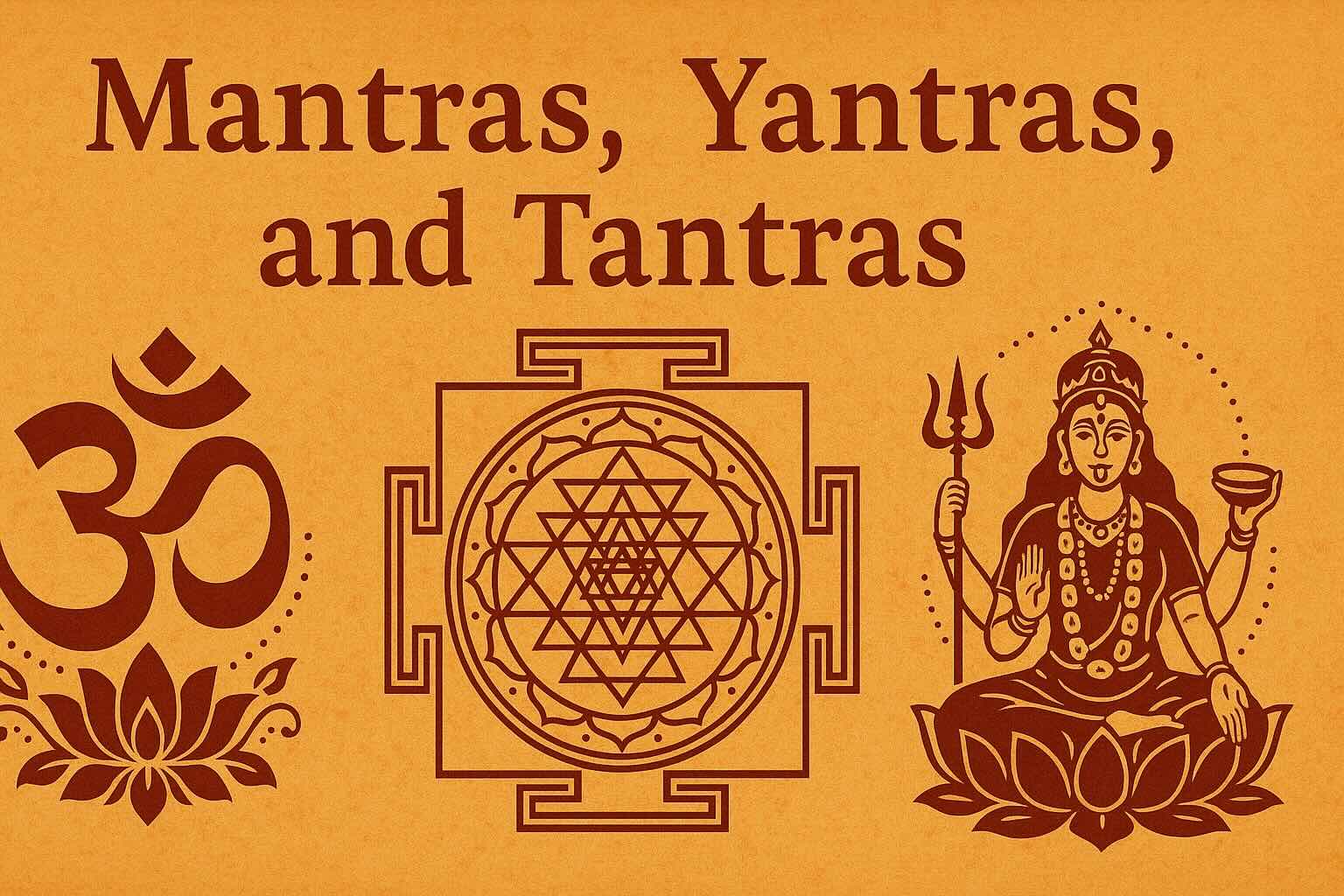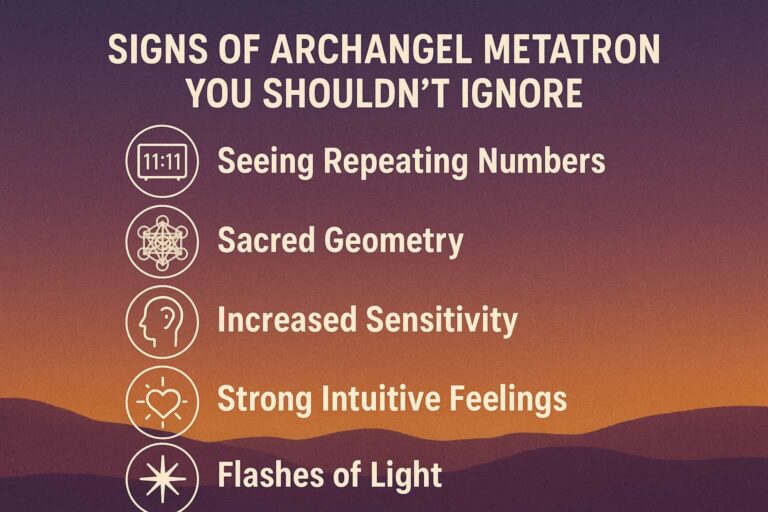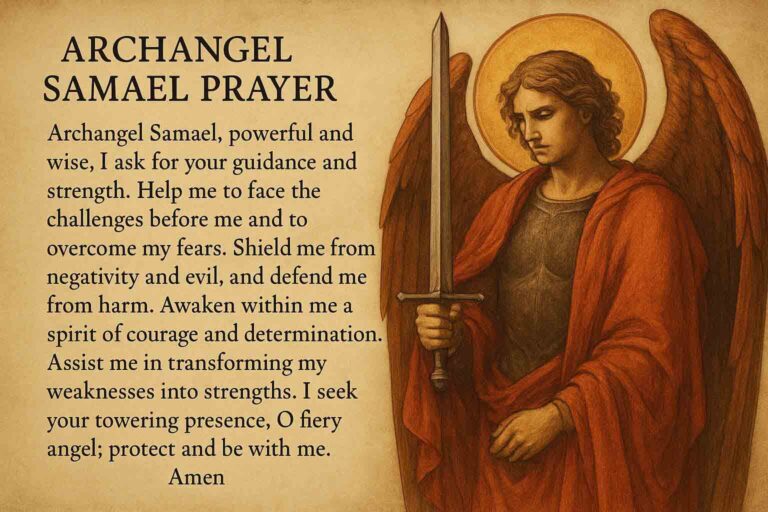Mantras, Yantras, and Tantras: Tools for Spiritual Growth
In this article
Introduction
Mantras, yantras, and tantras are ancient tools rooted in Hinduism and Buddhism, designed to help practitioners achieve spiritual growth, healing, and inner peace. These tools go beyond mere symbols and words. They serve as powerful instruments for spiritual awakening, meditation, and transformation. This article delves into their significance and offers practical insights on how to incorporate them into your spiritual practice.
What are Mantras?
Definition of Mantras
A mantra is a sacred sound, word, or phrase that practitioners chant to focus their minds and connect with higher consciousness. The word comes from the Sanskrit terms man (mind) and tra (instrument), making it an instrument for the mind.
Origin and History
Mantras trace their roots back to the Vedic texts, the ancient scriptures of Hinduism. Over time, they found their place in Buddhism, yoga, and other spiritual practices.
Spiritual Significance
Chanting mantras creates vibrations that resonate with the energy field and chakra system. These sacred sounds are believed to purify the mind, body, and spirit, creating a harmonious connection with universal forces.
Benefits of Chanting Mantras
Practicing mantra meditation offers multiple benefits:
Relieve stress and anxiety
Enhance focus and mental clarity
Promote spiritual awakening and personal transformation
Understanding Yantras
Definition of Yantras
A yantra is a sacred geometric pattern or diagram used as a focus during meditation. Unlike mantras, which rely on sound, yantras guide the practitioner’s attention through visual symbols that represent universal principles and divine energies.
Symbolism
Each yantra embodies cosmic forces and divine energies. For example, the Sri Yantra consists of interlocking triangles, symbolizing the union of masculine and feminine energies.
Role in Spiritual Practices
Yantras provide a visual aid to help practitioners deepen their meditation and connect with cosmic energies. Meditating on these symbols fosters spiritual growth, inner peace, and manifestation of positive energy.
Popular Yantras
Some commonly used yantras include:
Sri Yantra: Represents the cosmos and divine balance.
Vastu Yantra: Promotes harmony and positive energy in spaces.
Ganesha Yantra: A symbol of Lord Ganesha, believed to remove obstacles.

The Mysticism of Tantras
Definition of Tantras
Tantras are esoteric teachings that involve rituals, mantras, and meditation. These practices focus on unlocking spiritual energy and achieving self-realization. Contrary to popular misconceptions, tantra is about spiritual growth, not just sexual practices.
Difference Between Tantra and Tantric Practices
Tantra is a body of sacred texts that describe spiritual rituals and meditations. Tantric practices emphasize using rituals, mantras, and visualizations to connect with the divine and elevate the practitioner’s spiritual state.
Role in Hinduism and Buddhism
In Hinduism and Buddhism, tantras offer detailed instructions on invoking the divine, awakening kundalini energy, and achieving enlightenment. These texts teach practitioners how to harness universal energies for spiritual awakening.
Tantric Meditation
Tantric meditation involves visualization and mantra chanting, combined with specific postures. This practice awakens kundalini energy, which rises through the chakras, leading to spiritual enlightenment.
The Interplay of Mantras, Yantras, and Tantras
These three tools—mantras, yantras, and tantras—work together to enhance the spiritual practice. Mantras provide mental focus, yantras serve as visual aids, and tantras guide the practitioner through spiritual rituals.
Mantras: Guide mental focus and energy.
Yantras: Offer visual symbols for deeper meditation.
Tantras: Teach the rituals and methods for spiritual ascent.
Together, they provide a powerful framework for personal transformation and spiritual awakening.
Modern-Day Relevance of Mantras, Yantras, and Tantras
These ancient practices have remained relevant in modern spiritual and wellness circles. Today, people use mantras, yantras, and tantras to improve mental clarity, achieve emotional healing, and promote self-awareness.
Scientific Research Supporting Their Benefits
Research suggests that chanting mantras and meditating with yantras can help reduce stress, enhance mental clarity, and improve emotional well-being. Tantric practices also help in self-awareness and emotional regulation.
Integrating These Practices Into Modern Spirituality
Incorporating these practices into daily life can be transformative. Consider:
Reciting mantras daily for mental clarity
Using yantras as a tool for focused meditation
Practicing tantric rituals to explore personal growth and spiritual healing
These tools provide a practical approach to achieving peace and balance in our fast-paced lives.
Conclusion
Mantras, yantras, and tantras offer powerful pathways for spiritual growth, healing, and self-realization. By integrating these tools into your practice, you can unlock profound benefits, connect with higher consciousness, and bring more peace and balance into your life.
Embrace these ancient practices and experience the transformation they can bring to your spiritual journey.
FAQs
What are some powerful mantras for meditation?
Common powerful mantras include “Om,” “Om Mani Padme Hum,” and “So Hum.” These mantras help focus the mind and bring clarity during meditation.
How do yantras help in attracting positive energy?
By meditating on a yantra, you align your energy with the divine energies it represents. This practice attracts positive vibrations into your life.
What is the difference between tantra and tantric practices?
Tantra refers to sacred texts and teachings, while tantric practices involve meditation, rituals, and mantra chanting designed to awaken spiritual energy.
Can mantras, yantras, and tantras be used for healing?
Yes, these practices can be deeply healing. Mantras calm the mind, yantras provide visual focus, and tantras guide spiritual growth and emotional healing.
Related Reading:
Mudra, Bindu, Kundalini, Chakra & Sadhana: A Path to Spiritual Growth – SparkMart369.com









